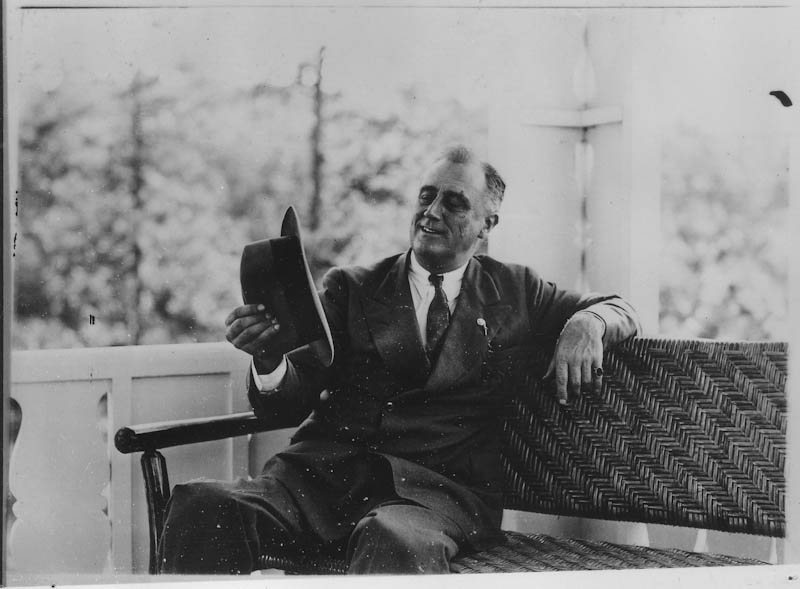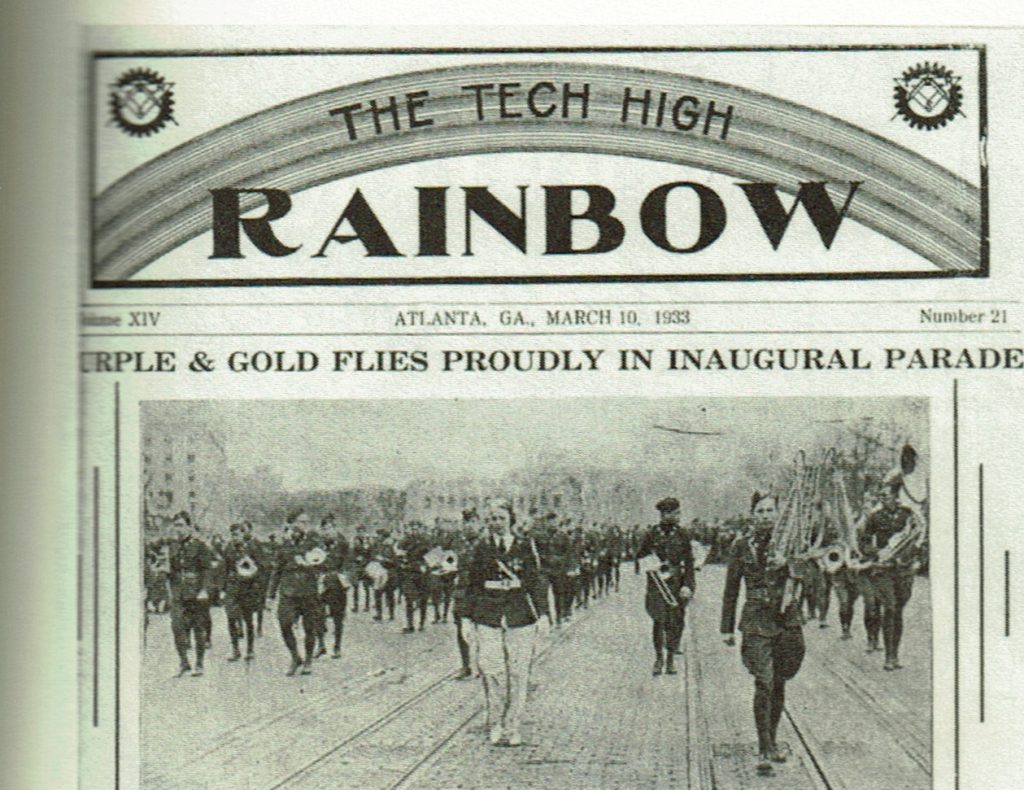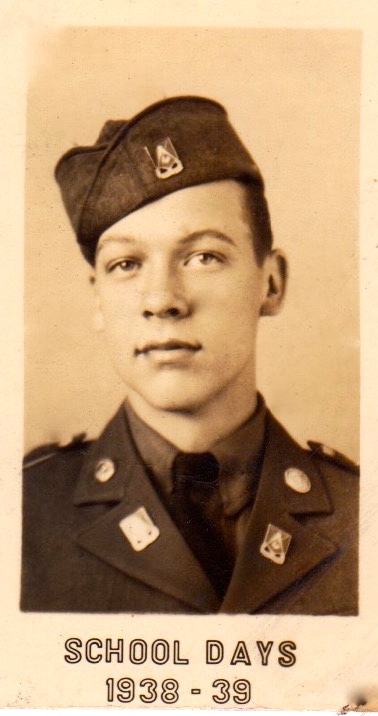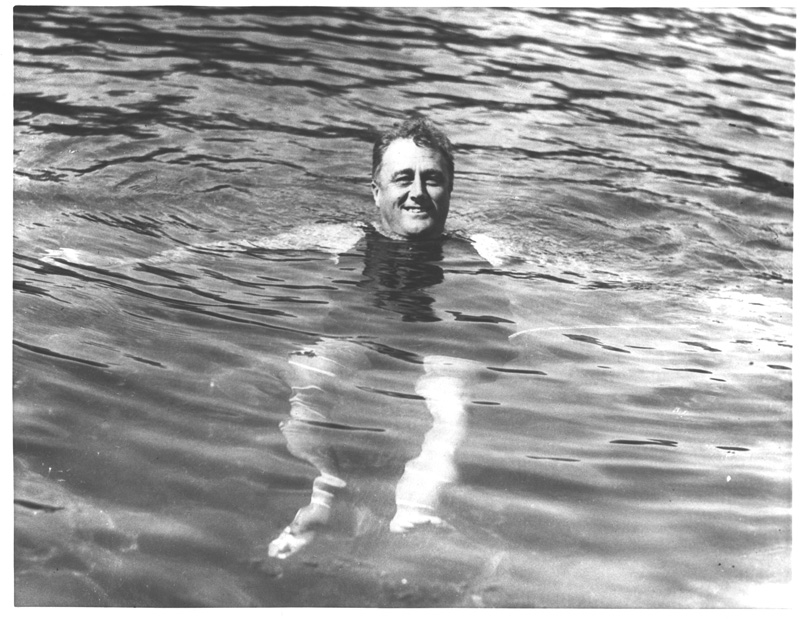
On this day in 1933, Franklin Delano Roosevelt was inaugurated as the 32nd President of the United States. It was the first of four inaugurations for him – unprecedented by a president. Never before and never after has a president been elected to serve four terms in our country.
FDR’s first inauguration was also the last inauguration held in March, a date initially selected when it took longer to count votes, travel, and organize a new administration. As technology improved, the need for this four-month delay diminished, and the inauguration date was moved to January 20th.
FDR’s first inauguration holds a special significance to my father’s high school alma mater, Technological High School of Atlanta. Reportedly, FDR had been so impressed with the school upon his campaign visit to Atlanta, he had invited the school’s band to participate in the Inaugural Parade. The “Smithies Band,” as they were called, marched in the first division just ahead of the D.C. National Guard according to the school’s newspaper, The Tech High Rainbow.

Why were they called Smithies? Alumnus John Keown, author of the book, The Story of Tech High, explained to me that the nickname emerged from a school rivalry. Legend has it that some elitists from Atlanta’s Boys’ High had condescendingly referred to Tech High as a trade school of Smithies, belittling the students who worked with their hands. The Tech High students proudly latched onto the title citing Henry Wadsworth Longfellow’s 1840 portrayal of “The Village Blacksmith” as the noblest of men.

How did the Smithies win favor with an elite, Harvard graduate from New York who had been born to wealth and vice versa? The answer: polio. According to biographer Jean Edward Smith, the disease drew FDR to the medicinal waters of Warm Springs, Georgia, where he saw firsthand the impact of rural poverty. This exposure influenced FDR’s ideas for economic reform giving birth to the New Deal.

My father, a Smithy alumnus himself, never met FDR. But, he had been coached by him while listening to his Fireside Chats on the radio. FDR’s influence was great since his presidency spanned most of my father’s developmental years. My father remembered the proclaimed “Roosevelt Day” when FDR, then New York’s governor, came to Atlanta in late October 1932 to campaign for the presidency. Thousands of Atlantans welcomed FDR, enthusiastically cheering when he spoke, and held a parade in his honor. Like many of his fellow Americans, my father was inspired by FDR’s sincere optimism and maintained that FDR was one of the greatest presidents of all time.
Once during one of our nature hikes, my father explained to me how the CCC, fondly known as “Roosevelt’s Tree Army,” had created our path. Our conversation led to a discussion of the New Deal and the plethora of confusing alphabet-soup programs. I interjected that I had learned that the New Deal didn’t rescue the U.S. from the Depression, that, instead, the war had. My father retorted that my summation didn’t take into account what re-employment did for the American people. He then summarized it for me simply by saying, “He gave us hope.”
Never underestimate the power of positive thinking. Happy Roosevelt Day!
______________
John L. Keown, The Story of Tech High: Technological High School, Atlanta, Georgia, 1909-1947, Publisher: Author, 1997, 12, 196, 261.
John Keown, personal interview and multiple email communications in 2015 and 2016.
Jean Edward Smith, FDR, (New York: Random House), 2008.